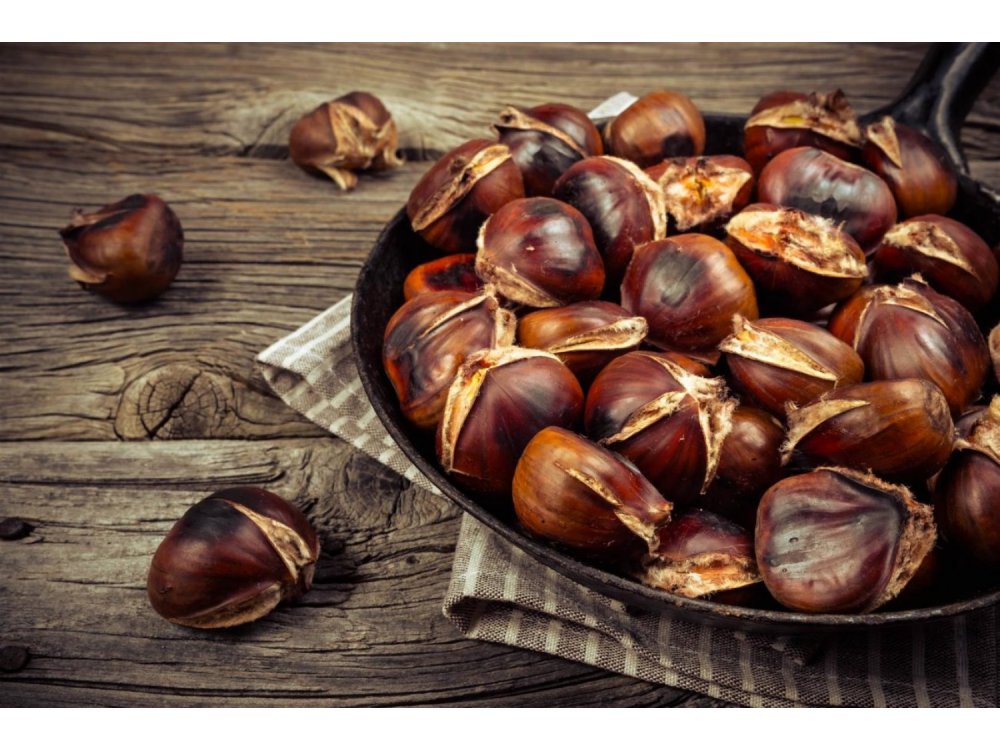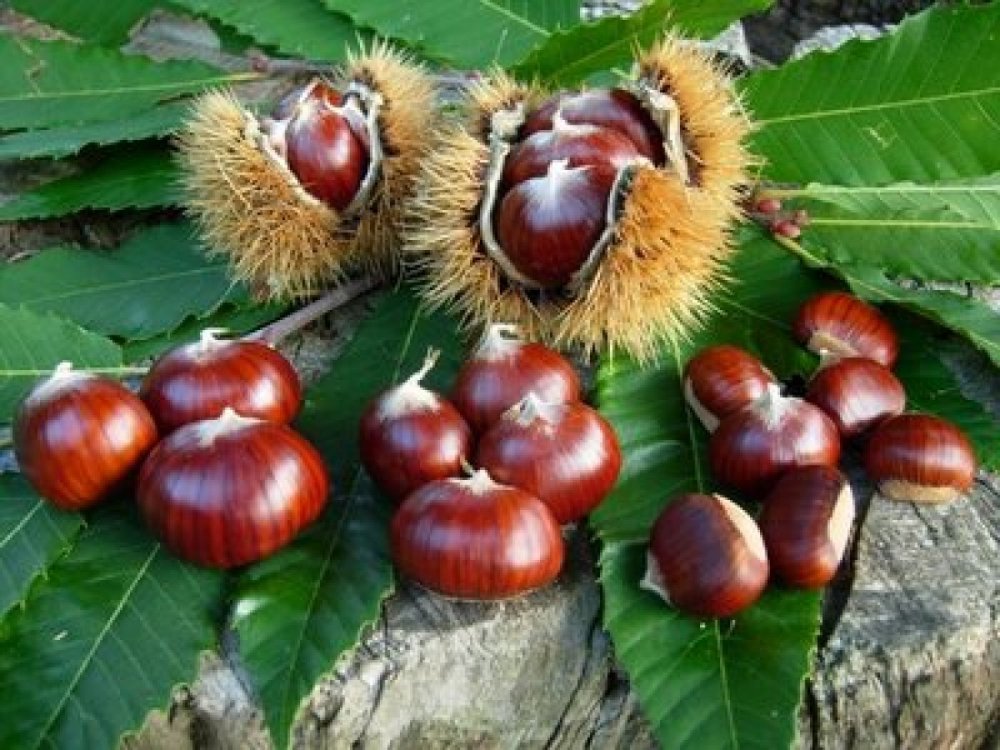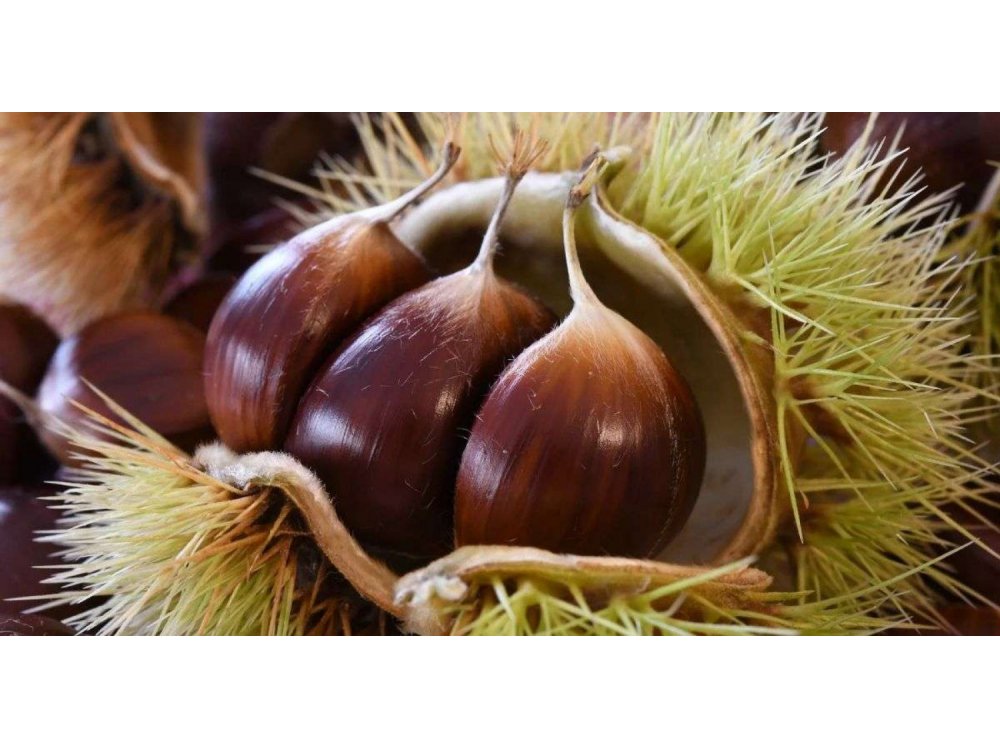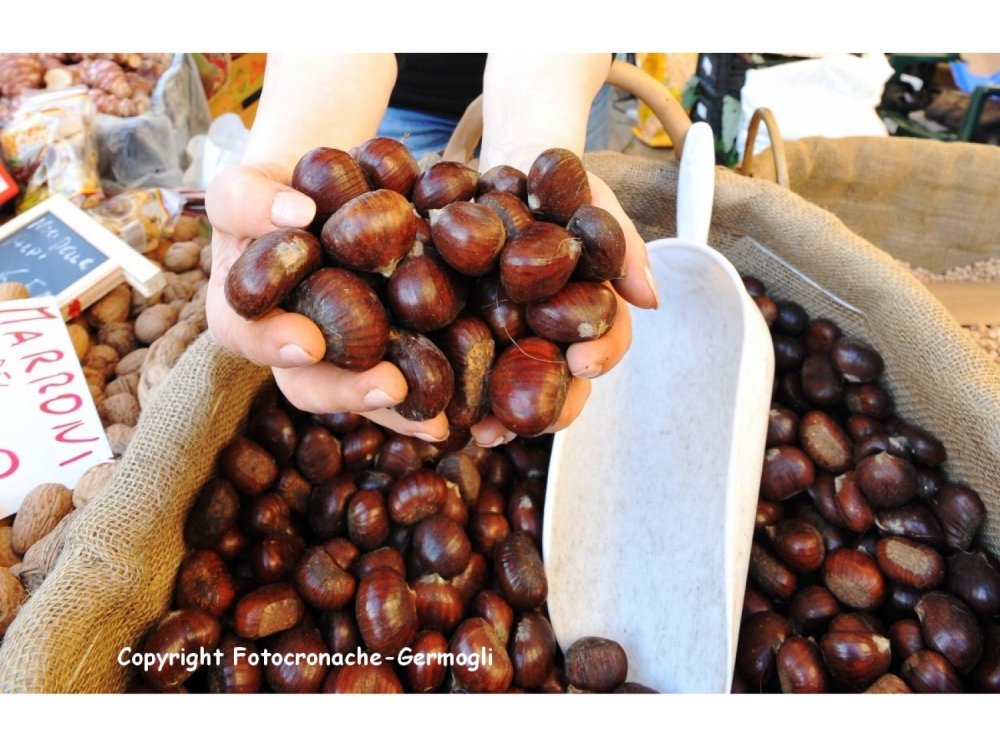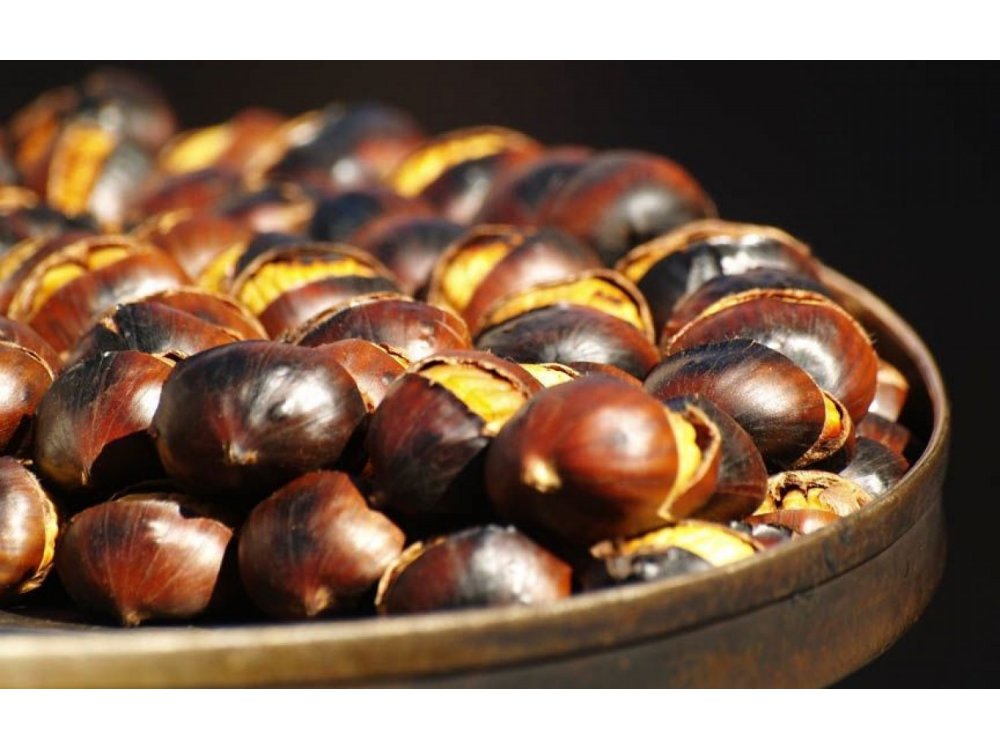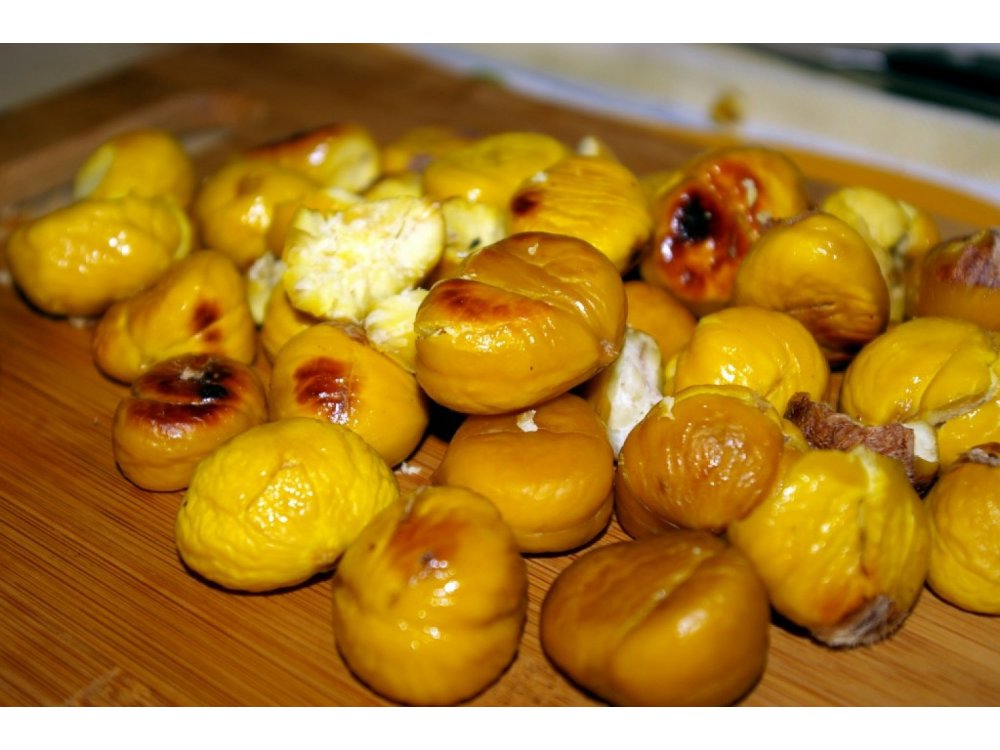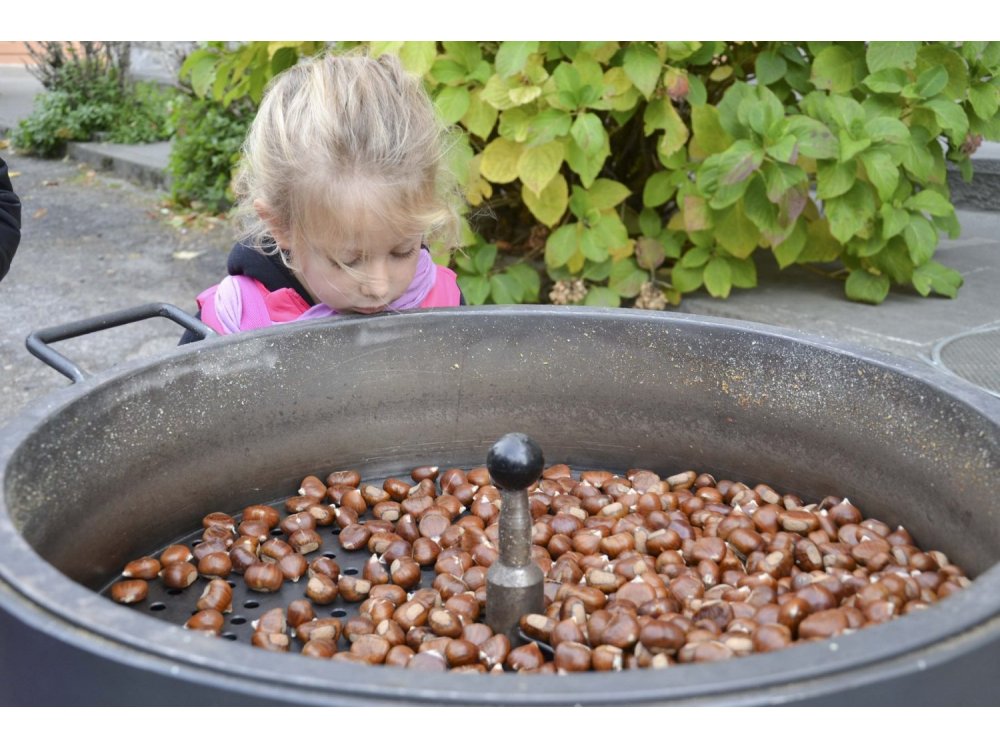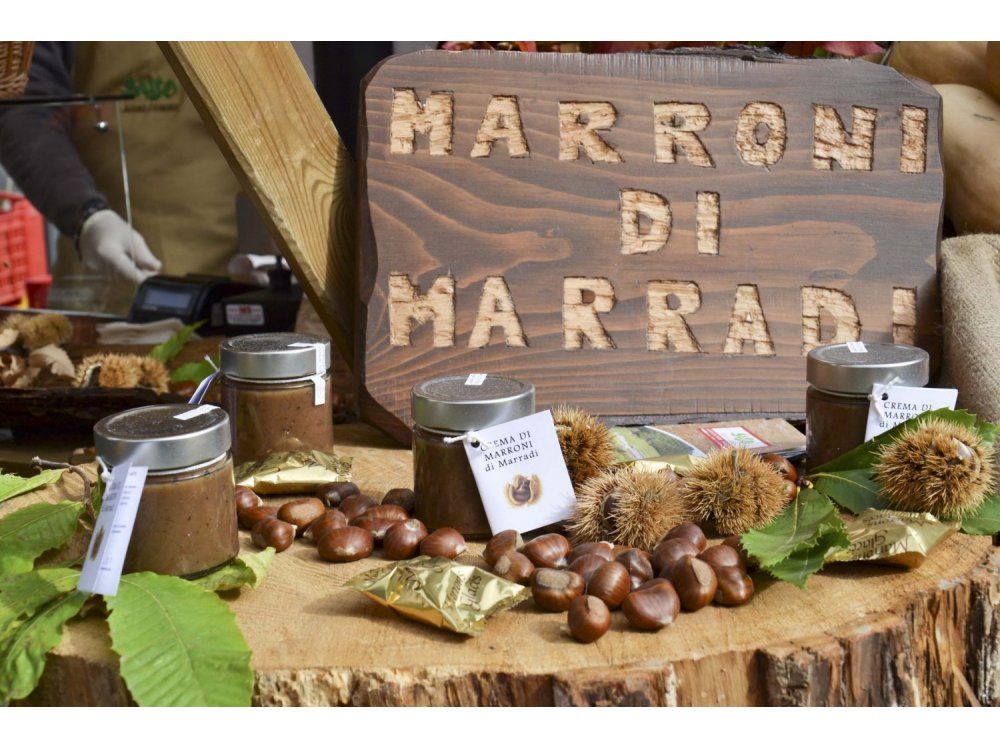Marrone Di Marradi 5/11/2023
Click on the photo to zoom
![]() For more information contact us at 26510 22282
For more information contact us at 26510 22282
Product description
Marrone di Marradi is a chestnut variety from the 1500s, originating from Marradi, a small town in Mugello, on the Romagna side of the Apennines, in the province of Florence. Botanically classified as Castanea sativa 'Marradi Brown'.
It is defined as Marron Buono for its excellent organoleptic characteristics. It is considered by chefs to be the sweetest and tastiest chestnut in the world. It has a good shelf life. Marradi's chestnut is also suitable for producing excellent wood.
Chestnuts are a group of varieties of the species Castanea sativa.
Chestnut nuts have, inside the skin, whole nuts, WITHOUT DIAPHRAGM, with the film (episperma) which does not penetrate the pulp and which is easily detached during peeling operations. the sugary and crunchy pulp retains its consistency after cooking.
They are intended for industrial processing and fresh consumption.
Chestnuts are highly sought after in the market and fetch high prices. the size of the fruits of the various varieties can be considered medium-large (from 55 to 70 fruits per kilogram). The start of production takes place after the 5th-6th year from planting.
Almost all varieties of Marrone are astamineae, i.e. without male flowers and therefore require the presence of pollinators. The wild chestnut and the Bouche de Bedizac variety are used for this purpose.
The ripening of the fruits of this varietal group can be considered moderately late and begins around the beginning of October.
The European chestnut Castanea sativa is a botanical species native to southern Europe. Its natural environment is characterized by subacidic soils (ph 5.5-6.5) and poor in limestone, well drained, with an altitude between 600 and 1,000 meters. although it can be adapted to lower and even higher altitudes. It is afraid of very high summer temperatures and tolerates the cold (-15°C).
Available rooted in a 15x15x20 pot. Imported plant and grafted on resistant hybrid rootstock (sativa x crenata).



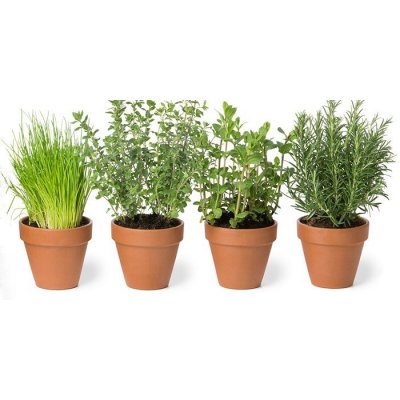
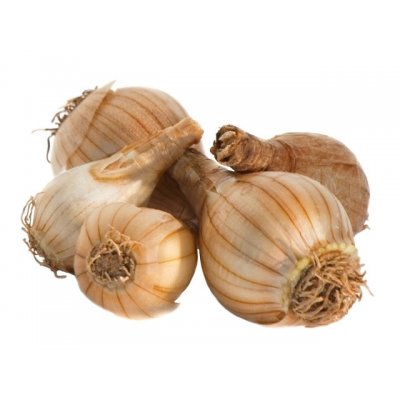
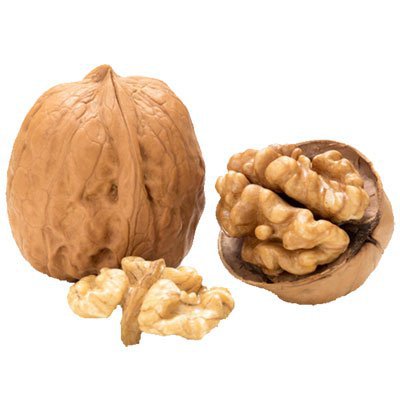
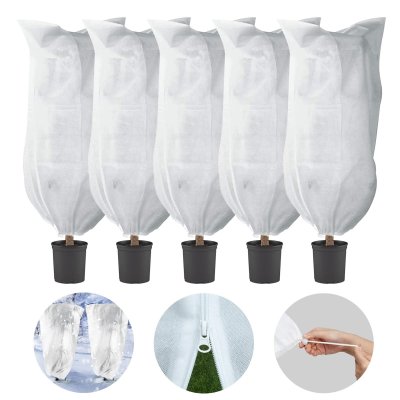
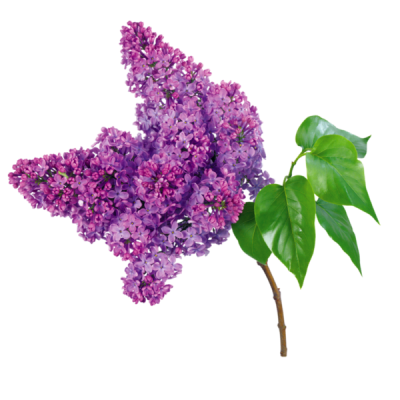
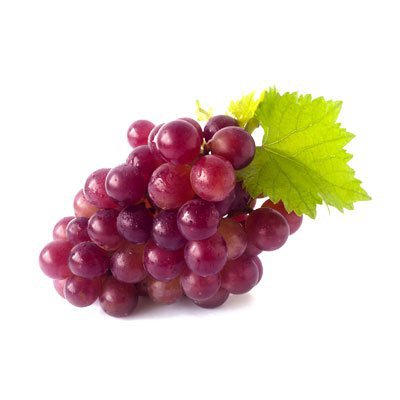
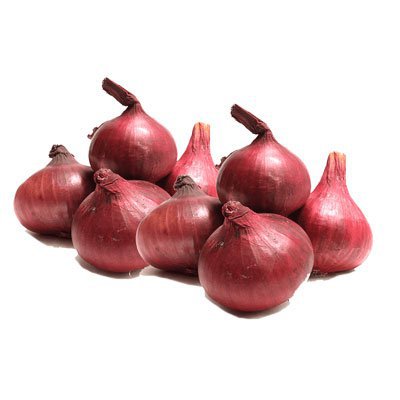
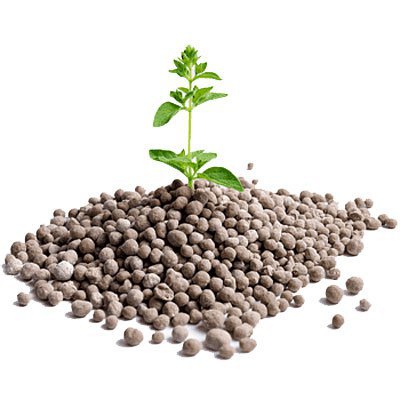
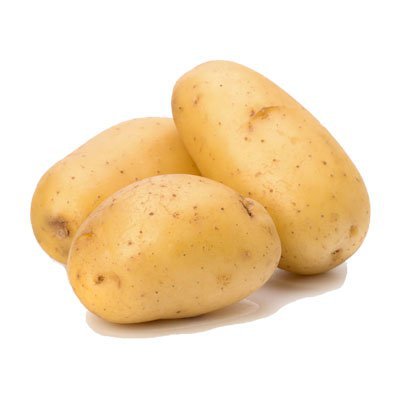
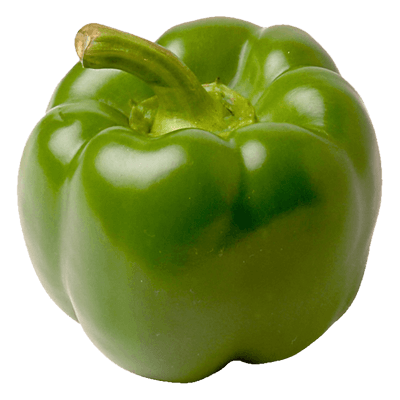


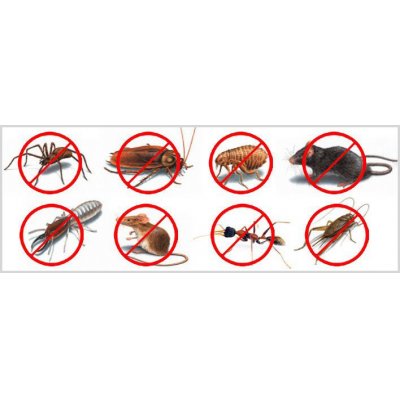
 Forest Fruit Plants
Forest Fruit Plants Spice Herbs Medicinal seeds
Spice Herbs Medicinal seeds Bulbs
Bulbs Fruit Trees
Fruit Trees Garden Materials
Garden Materials Ornamental Plants
Ornamental Plants Grapevine Plants
Grapevine Plants Onion Set
Onion Set Fertilizers
Fertilizers Potato seed
Potato seed Seeds
Seeds Roses
Roses Tropical Plants
Tropical Plants Home Pesticides
Home Pesticides